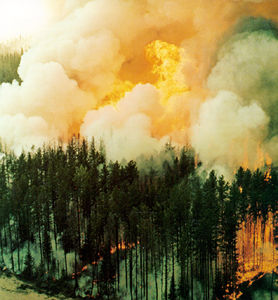Old-growth forests are complex forest ecosystems that have developed over a long period of time without experiencing any major disturbances. They have unique features and significant ecological, social, cultural and economic value. Old-growth forests used to be a significant part of Canada’s forest landscape but now only exist as small, fragmented patches due to intensive logging (see Forest Harvesting), conversion of forest for agriculture, insect epidemics (see Four Major Insect Pests of Forests in Canada), wildfires and disease. Increasing measures to protect these ecosystems are being implemented across Canada to combat their continued decline.
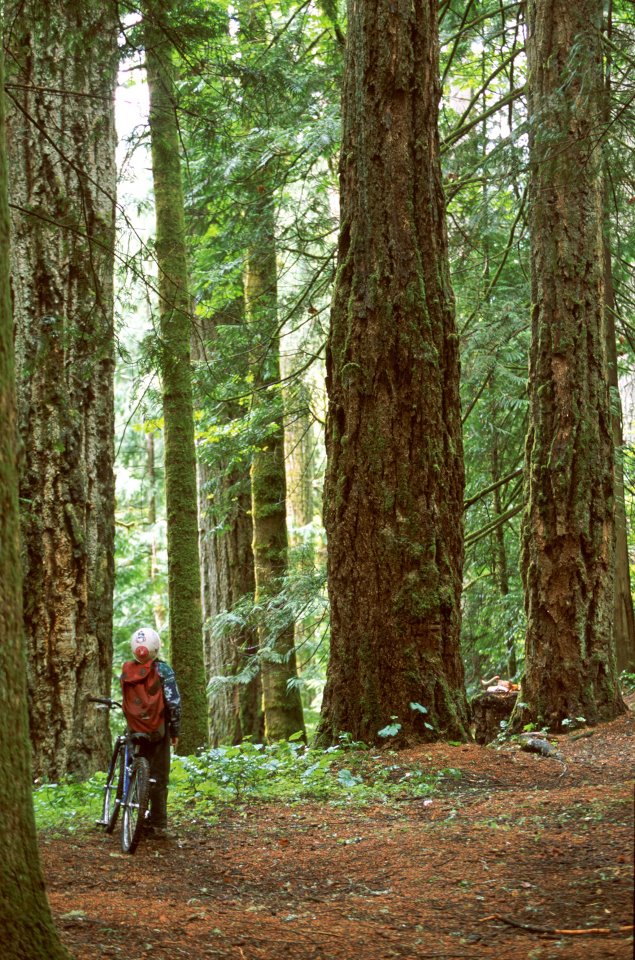
Description
Old-growth forests are forests that have developed over a long period of time, typically without experiencing any major disturbances such as destructive wildfires or clear-cutting. As such, they have a range of unique ecological features, which vary considerably based on location and tree species composition. This variation makes clearly defining old-growth forests very difficult.
The most important feature of old-growth forests is the presence of old trees that have reached the “age of onset,” a period in time when a tree’s growth slows as it invests more energy into maintenance and less into new growth. However, old trees are not necessarily big trees. A tree’s size and age of onset varies depending on climate, soil and tree species. For example, some of Ontario’s oldest known trees are small, scraggly eastern white cedars that are over 1,000 years old and cling to cliffs on the Niagara Escarpment.
Old-growth forests also have unique and complex forest structures. They typically have abundant dead wood, including snags (dead, standing trees) and logs (dead, downed trees), which provide critical habitat for many species. Their forest floor may be covered with pits and mounds created by fallen trees, and their canopy is often layered with trees of different heights, ages and species. These forests are dynamic ecosystems that continuously replace themselves over time as new trees grow in the spaces left by fallen trees. In places where natural disturbances are rare, old-growth forests can, therefore, be much older than their oldest trees.
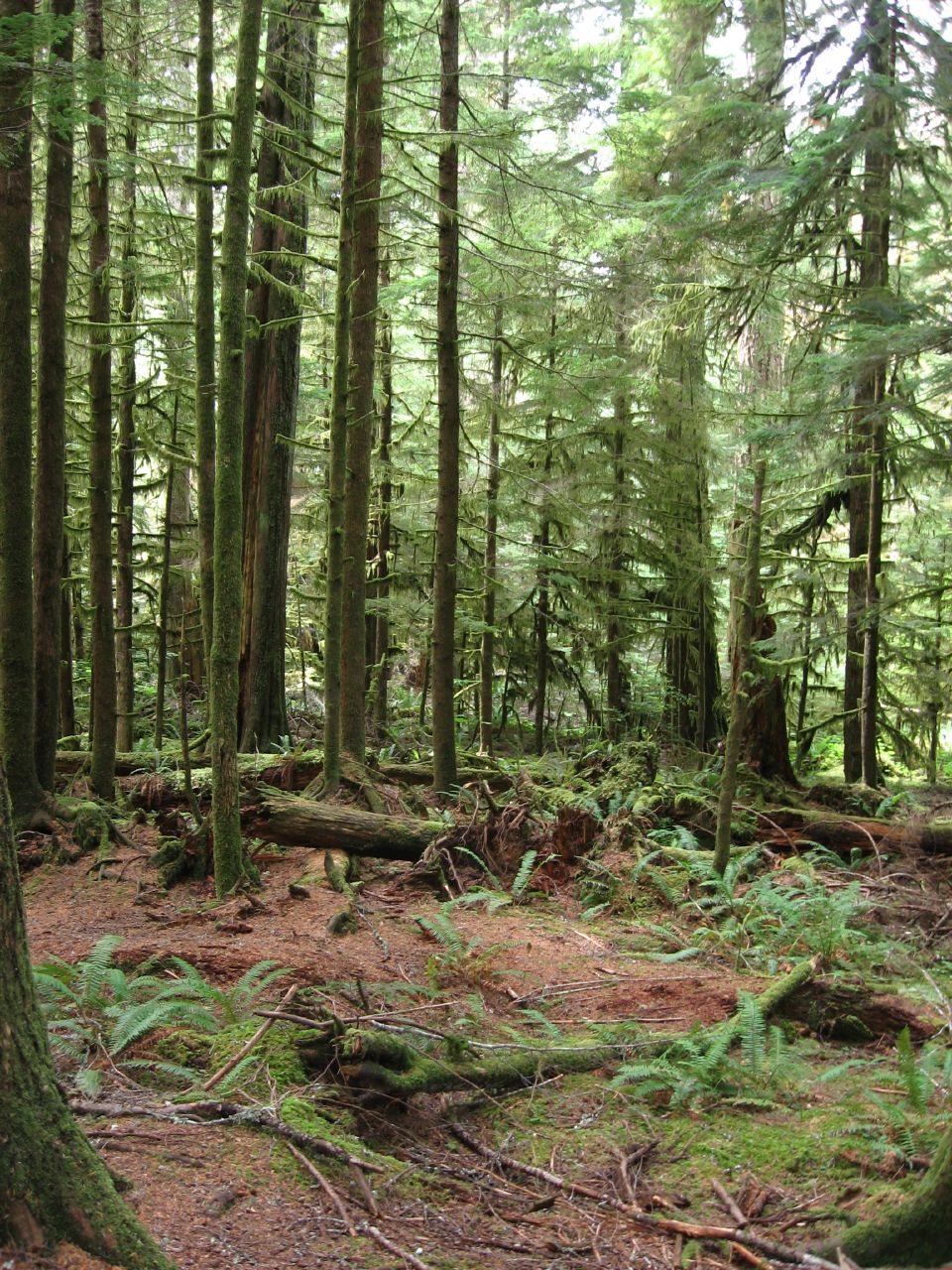
Functions
Old-growth forests are vital ecosystems with many ecological, social, cultural and economic functions.
Ecological Roles
Old-growth forests represent some of the largest terrestrial carbon stores on the planet, making them a significant nature-based solution for combatting climate change. Their unique structure and habitat features make them major biodiversity hotspots, harbouring many rare and at-risk species.
Old-growth forests provide abundant ecological services such as air purification, water filtration, nutrient cycling, erosion control and pollinator habitat. In addition, the diversity of species in these forests makes them resilient to natural disturbances such as insect damage, wildfires and drought. They are also valuable for scientific research. Old trees contain information about the Earth's climate history in their growth rings. Old-growth trees are also important for the health and regeneration of the surrounding forest, as they often send nutrients to young or distressed trees through underground mycorrhizal fungal networks.
Younger or compromised forests, even those containing old trees, can rarely achieve the resiliency and ecological complexity of old-growth forests, and do not harbour the same biodiversity.

Social and Cultural Connections
Old-growth forests are of cultural and spiritual importance to many people in Canada. They also provide numerous benefits to human health and hold opportunities for recreation and education.
First Nations across North America (or Turtle Island) have a particularly long-standing spiritual and cultural connection to old-growth forests. Notably, these forests are important for cultural practices like carving, weaving, canoe construction (see Dugout Canoe and Birchbark Canoe), ceremonial pole building and harvesting food and medicine (see Indigenous Peoples' Medicine in Canada).
Economic Values
The high timber value of old-growth forests makes them valuable to the wood industry, which has been a central part of Canada’s economy for more than 300 years. The forest sector as a whole contributed $19.8 billion, or 1.25 per cent, to Canada’s real gross domestic product (GDP) in 2013. The industry has faced growing public concern over the last 60 years for its role in the historical and continuing decline of old-growth forests. As a result, ecologically sustainable and regenerative forestry practices are gaining traction. Such practices typically restrict or prohibit logging activities in old-growth forests.
Old-Growth Forest Types in Canada
There are many old-growth forest types found across Canada. At the broadest scale, they can be classified within the eight forest regions of Canada: Boreal Forest, Great Lakes-St. Lawrence Forest, Acadian Forest, Carolinian Forest, Subalpine Forest, Columbia Forest, Montane Forest and Coastal Forest. They can then be further classified by biogeoclimatic zones and even by specific sites. For example, British Columbia’s wet coastal forests produce big-treed and long-lived forests that are considered old-growth at 250 years of age. In comparison, the province’s dry forests face more natural disturbances like fire and insect infestations (see Four Major Insect Pests of Forests in Canada). So, they tend to be smaller-treed, shorter-lived forests, considered old-growth at only 140 years.
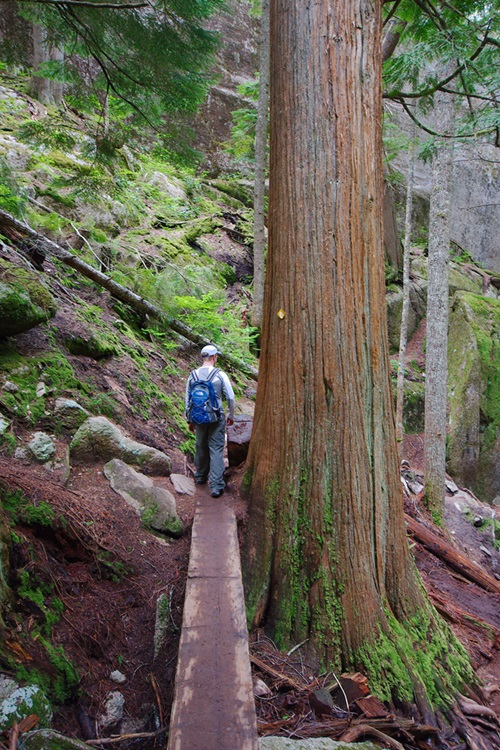
Distribution
Before European settlement, old-growth forests formed the majority of Canada’s forested landscape – up to 90% in some areas. Now, only a small, fragmented patchwork of old-growth forest remains. The historical loss of these forests can largely be attributed to over 300 years of intensive logging and conversion of forests into agricultural land.
Remaining old-growth forests vary in abundance across Canada. In Quebec and the Maritimes, for example, very little old-growth remains. In Nova Scotia, only 0.3 per cent of the province’s forests are considered old-growth, and in Quebec, only 0.06 per cent. In contrast, an estimated 23 per cent of British Columbia’s forested land is old-growth. However, most of these forests consist of small trees. Only about 3 per cent are big-treed, highly ecologically productive ecosystems because these forests have been intensively logged.
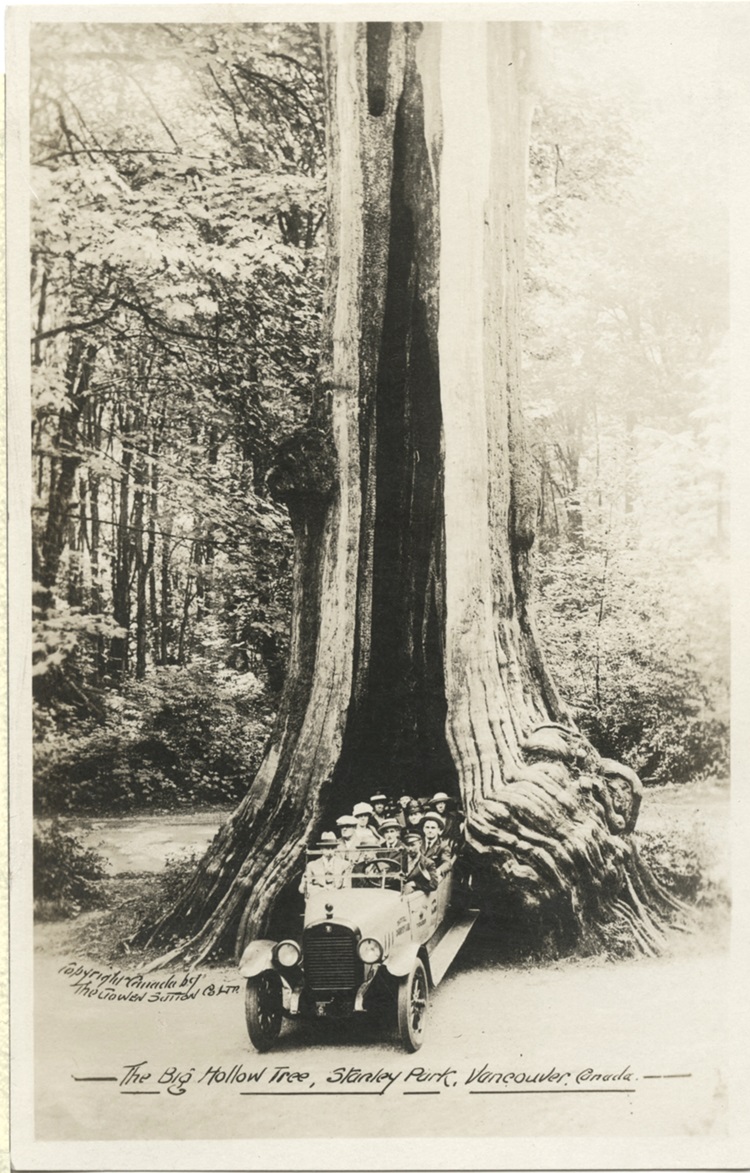
Decline and Threats
Currently, old-growth forests continue to decline across Canada; exactly how many remain is unknown. Between 2000 and 2014, Canada lost the greatest amount of primary forest (undisturbed forest that includes old-growth) of all countries in the world.
The decline in old-growth forests is mainly due to industrial logging (see Forest Harvesting), forest fires, insect epidemics (see Four Major Insect Pests of Forests in Canada), disease and climate change. For example, 44,400 hectares of old-growth were logged in British Columbia in 2021, though this was 42 per cent lower than in 2015. Invasive species (see Invasive Species in Canada: Plants and Invasive Species in Canada: Animals), conversion of forests into agricultural land, and air pollution and water pollution also weaken and reduce remaining old-growth forest stands. These elements are often cumulative — forests weakened by one threat are then more vulnerable to others. Given that it takes hundreds of years for an old-growth forest to regenerate, and even then, it likely will not have all the ecological attributes of natural, undisturbed old-growth, their continued decline is of great concern.
There are few widespread protocols to identify and protect old-growth forests across Canada, which makes finding and preserving the remaining patches challenging. Existing protected areas are often small and fragmented, which results in lower-quality habitats and less complex ecosystems. These small, fragmented forests are often more vulnerable to disease, invasive species and pollution than larger, unfragmented ecosystems.
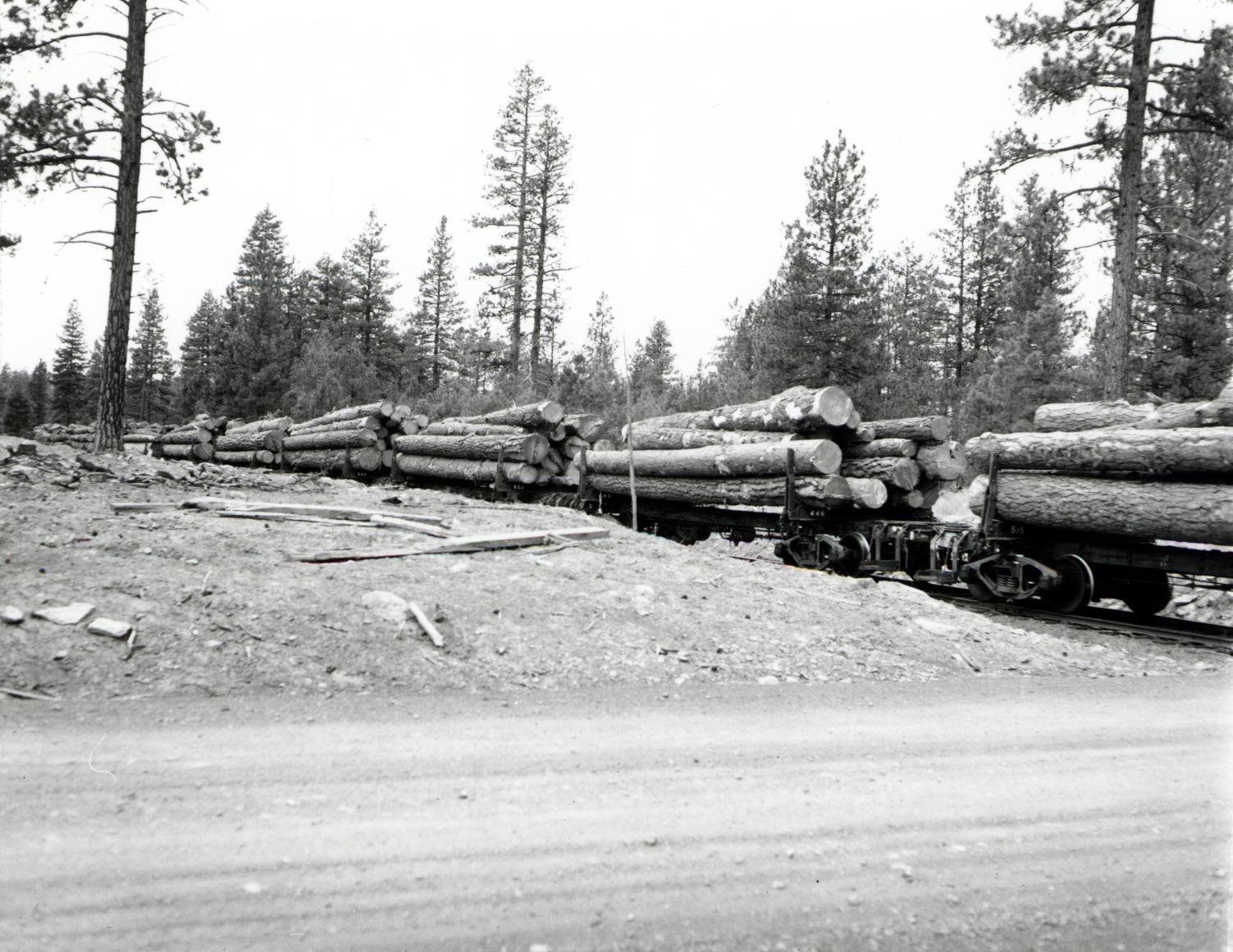
Protections
Around 7 per cent (24 million hectares) of Canada’s total forest area is protected, mostly within Provincial and National Parks. It is uncertain, however, how much of this protected forest area is old-growth.
Most (94 per cent) of Canada’s forests are located on publicly owned land that provincial and territorial governments manage. As such, the policies, approaches and regulations to protect old-growth forests vary across Canada. Some provinces, such as Ontario and Nova Scotia, have old-growth forest policies, which provide direction for identifying and conserving old-growth forests. In Nova Scotia, 30,000 hectares of old-growth forest are protected under the province’s Old-Growth Forest Policy.
Other jurisdictions have different methods to protect old-growth forests. In Quebec, for example, old-growth forests can be recognized and protected as “exceptional forest ecosystems” (EFEs) under the Sustainable Forest Development Act. The number of EFEs has steadily increased over the last 20 years, from 70 in 2003 to 265 in 2023. In British Columbia, the provincial government is partnering with First Nations to protect old-growth forests by temporarily deferring them from development. 2.4 million hectares of old-growth have now been deferred, in addition to the 3.7 million hectares that were already protected.
Old-growth forests can also be protected outside of government jurisdiction, such as through private landowners, land trust and conservation organizations, and Indigenous land claim agreements.
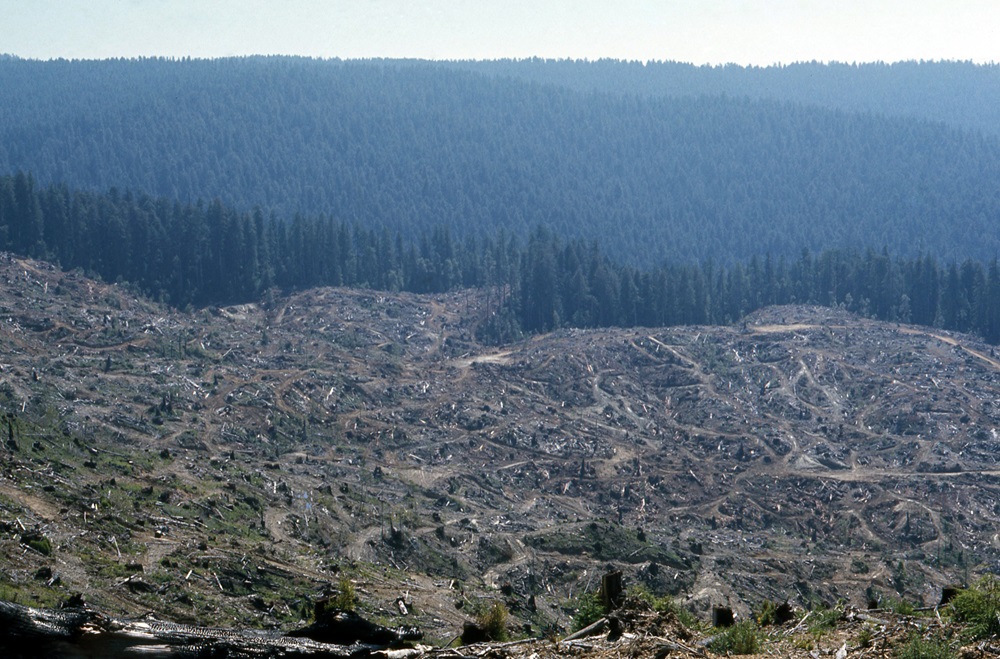

 Share on Facebook
Share on Facebook Share on X
Share on X Share by Email
Share by Email Share on Google Classroom
Share on Google Classroom











